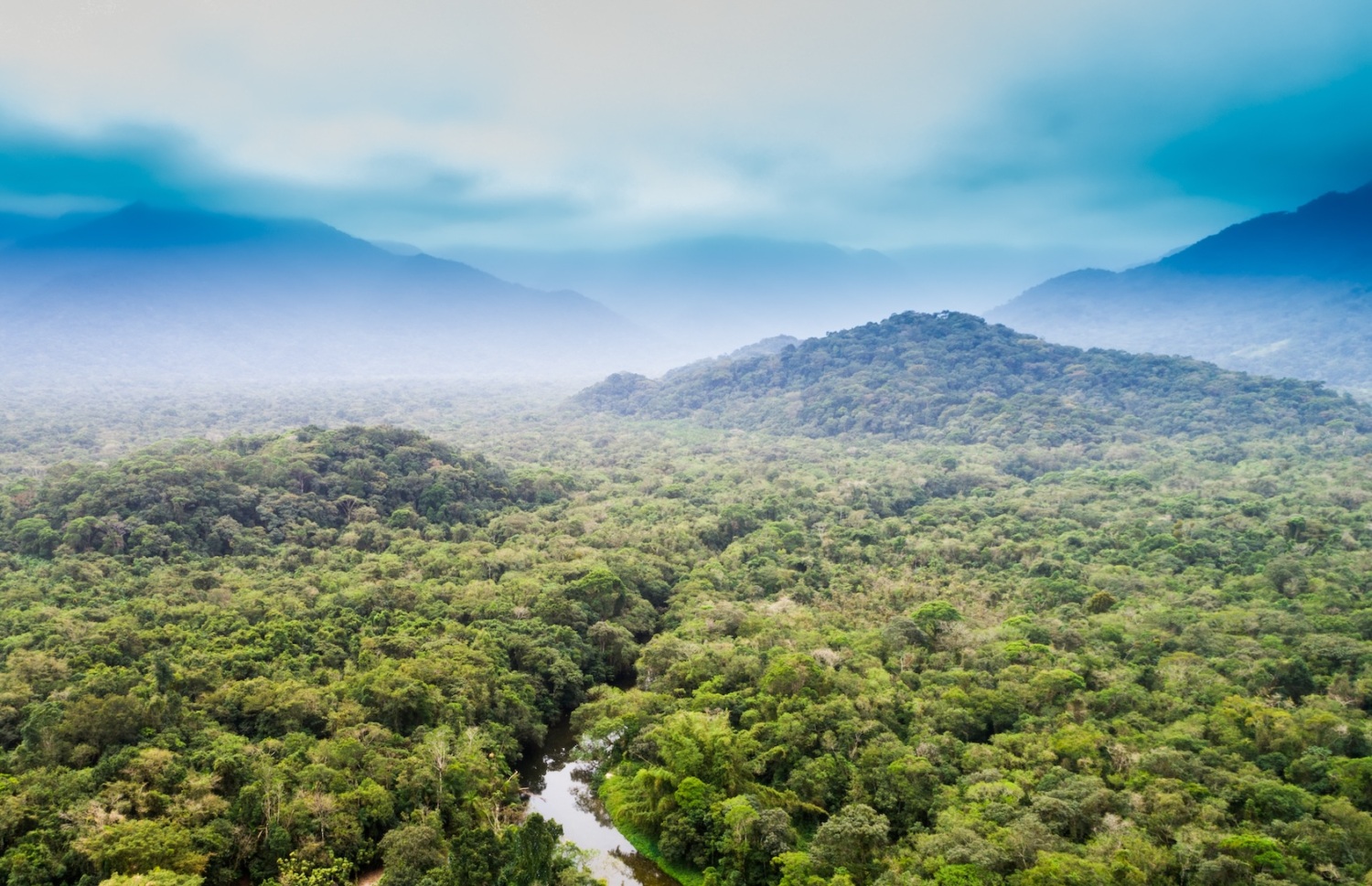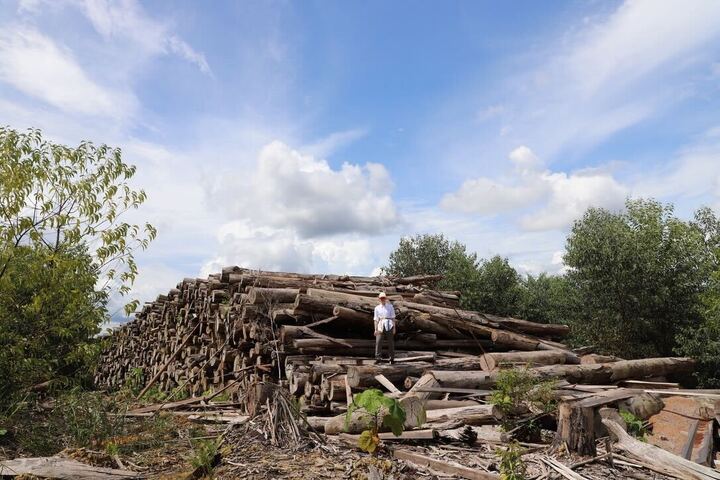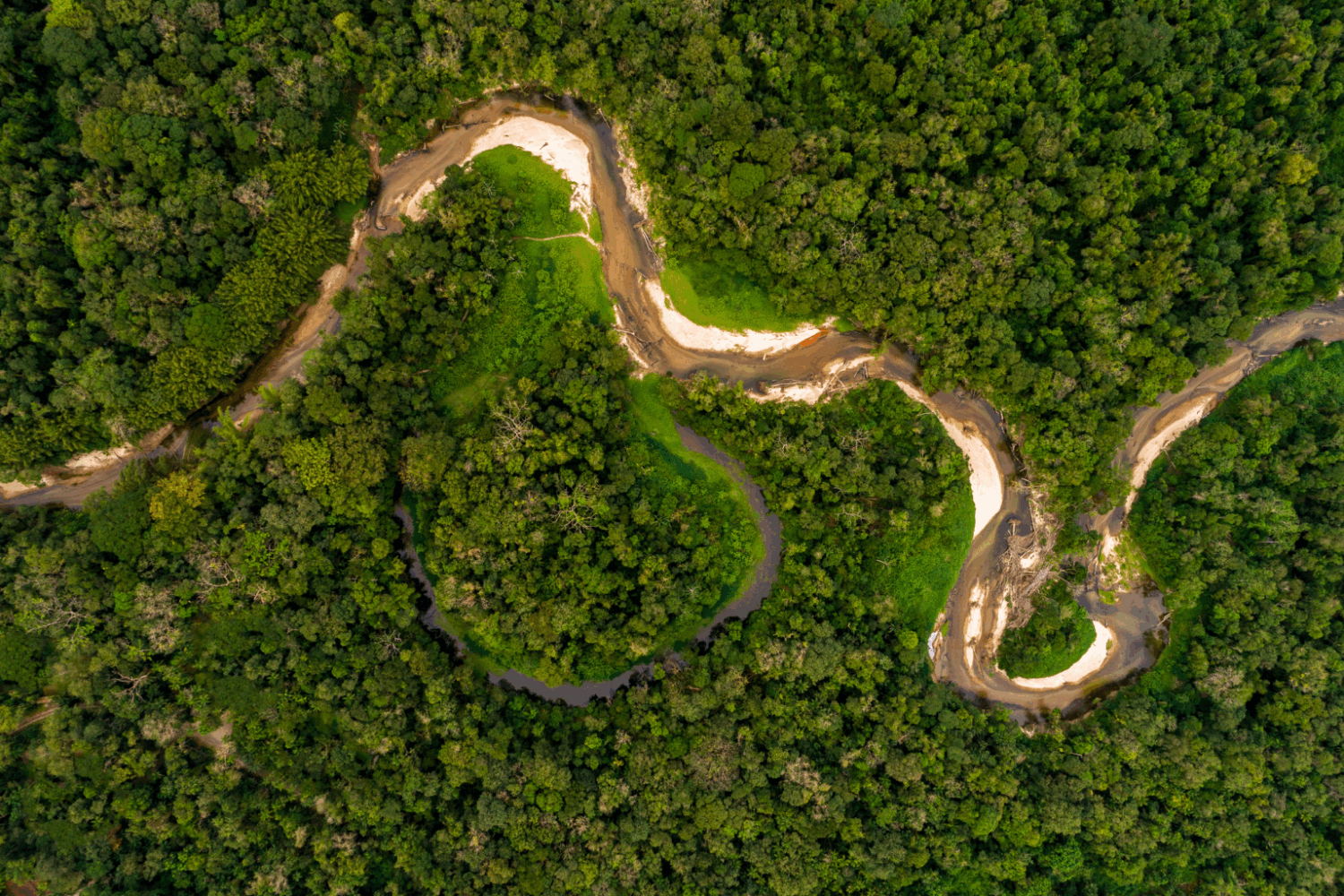
Mighty Earth launches new interactive map to track cocoa-driven deforestation in Ghana
Forest loss in the West African country remains high despite government and industry pledges to reduce it
Link to map here
The launch of Mighty Earth’s new Cocoa Accountability Map for Ghana comes as the organisation reveals forest loss in the country remains stubbornly high, despite pledges by the Ghanian government and the chocolate industry to reduce cocoa-driven carbon emissions and forest loss.
Latest figures show 10,550 hectares of deforestation this year within cocoa-growing regions, with 8,188 hectares of this clearance occurring within forest reserves. It is likely that much of this clearance has been for cocoa plot expansion.
Mighty Earth has been working with RADD (Radar for Detecting Deforestation) forest-alert data from 2019 onwards to identify areas of recent land clearance across Ghana, which has lost more than 2.5 million hectares (33.7%) of its forest since the early 1990s.1 The open-source map for the Ghanaian cocoa industry consolidates data layers to provide greater transparency around deforestation linked to cocoa industry supply chains. The initiative provides visibility to cocoa cooperatives, with data released by Whittaker, Barry Callebaut, Olam, Blommer, Ecom, Ferrero, Hershey, Mars, Nestle, and Tony’s Chocolonely.2
Dr Julian Oram, Senior Director for Africa at Mighty Earth said:
“It is possible to prevent cocoa from deforested areas ending up in chocolate products, but two things need to happen. Firstly, small scale farmers, which are the bedrock of the industry, need to be properly remunerated, creating a disincentive to farm in forest reserves, or protected areas. Secondly, we need effective monitoring, which is where our Ghana Cocoa Accountability Map comes in. Our aim is for farmers, cocoa companies, NGOs, and governmental organizations to work together to end deforestation in supply chains and meet commitments for full traceability from farm gate to chocolate product.”
The new interactive map highlights deforestation hotspots, including those within protected areas and forest reserves, and shows their proximity to Licensed Buying Companies (LBCs) 3 supplying major cocoa traders and chocolate companies.
Sam Mawutor, Senior Advisor, Ghana at Mighty Earth said:
“The cocoa beans’ journey from farm to the first point of purchase is still the hardest to track and this is where beans from deforested areas can be mixed with those grown on legally cultivated land. The grim reality is that 30 – 40% of cocoa is still untraceable. Some chocolate companies are sitting on that information. Our map can be used to raise deforestation alerts and to hold big business accountable for bad practices. Locally we’re promoting the use of agroforestry approaches, which give value to standing trees and help diversify farmer livelihoods.”
Training session with local farmers in Accra Tuesday 6 December
Mighty Earth is training local cocoa farmer cooperatives and Ghana CSO Cocoa Platform members to use the map collaboratively to gain further insight into traceability at local level, beyond the LBC locations published by corporations.4
Evelyn Aziamati, a cocoa farmer from Adjoobo Okrase in Ghana’s Eastern Region, said:
“Protecting our livelihoods means addressing deforestation and being aware of what is happening in our local area. Tracking where the threats are can help us to raise the alarm before one hectare of deforestation becomes ten. Keeping our farms going and being able to provide for our families, means growing cocoa sustainably and using standing forests to support our work.”


